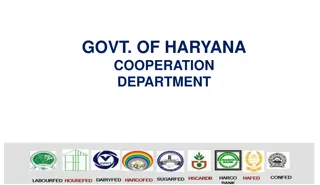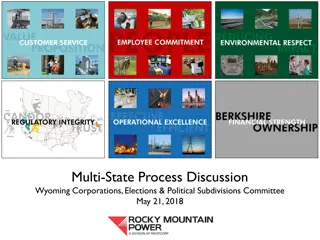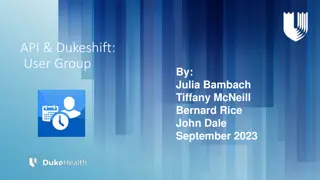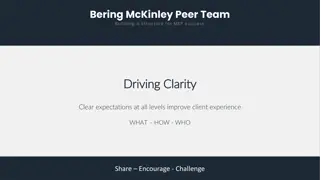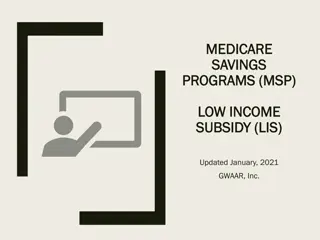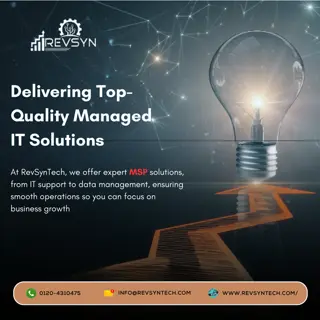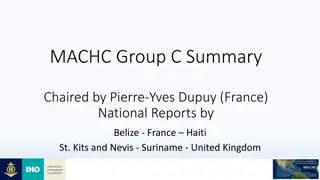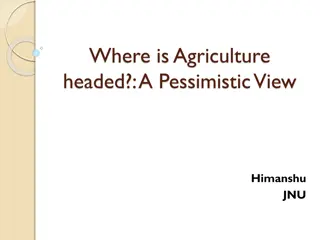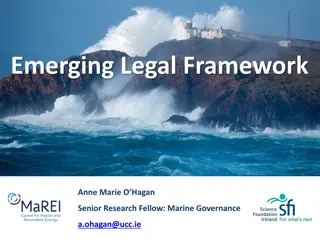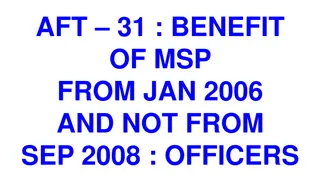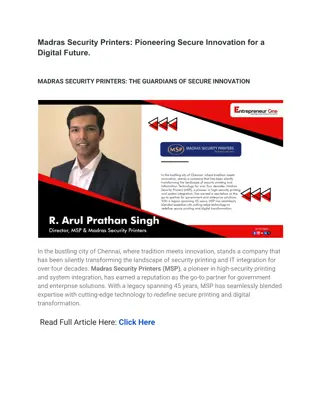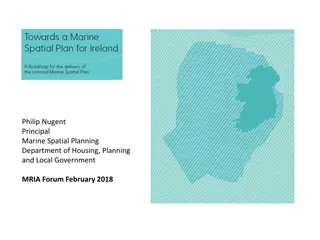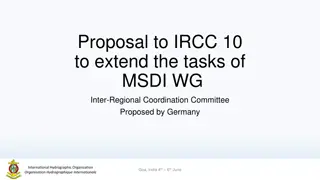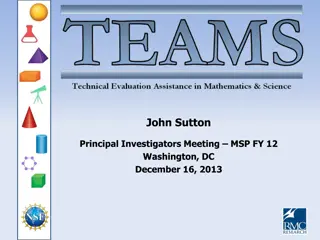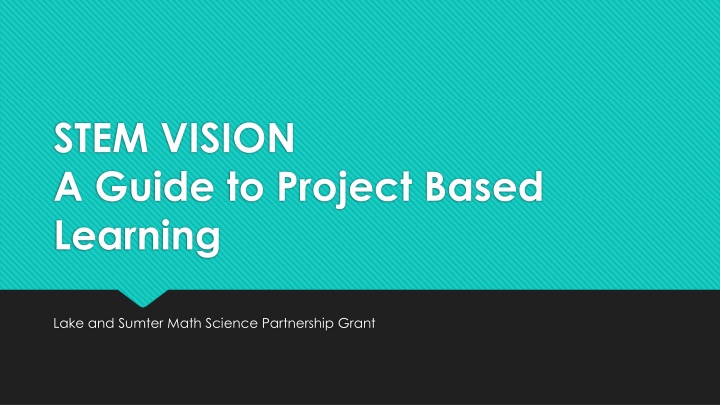
Guide to Project-Based Learning in STEM Education
Enhance student success in STEM education through project-based learning, focusing on developing 21st century skills such as critical thinking, collaboration, communication, and creativity. Explore how to align learning goals with state standards, assess student success through skill application, and foster a deeper understanding of math and science concepts.
Download Presentation

Please find below an Image/Link to download the presentation.
The content on the website is provided AS IS for your information and personal use only. It may not be sold, licensed, or shared on other websites without obtaining consent from the author. If you encounter any issues during the download, it is possible that the publisher has removed the file from their server.
You are allowed to download the files provided on this website for personal or commercial use, subject to the condition that they are used lawfully. All files are the property of their respective owners.
The content on the website is provided AS IS for your information and personal use only. It may not be sold, licensed, or shared on other websites without obtaining consent from the author.
E N D
Presentation Transcript
STEM VISION A Guide to Project Based Learning Lake and Sumter Math Science Partnership Grant
Student Success in STEM Students experience a much deeper level of understanding when learning integrated disciplines. The deeper understanding increases student confidence, leading to higher performance levels in multiple subjects. A hands-on approach presents content in a way that is useful in the eyes of the students, motivating them to retain knowledge. STEM education develops 21st century skills which are necessary for success in any field of the modern workforce. STEM challenges are open-ended, making them easily adaptable for individual student needs. NSTA-Exemplary STEM Programs: Designs for Success Marzano, R: Teaching for Rigor: A 21st Century Shift
21st Century Skills Critical Thinking is the process of finding solutions to a problem. Collaboration is team work. Communication is an active process of both listening to others' ideas and using your communication skills to effectively respond with your ideas. We help students with this when we ask them to write and defend their argument or ideas. Creativity is coming up with an original idea or improving an existing idea. As identified by the Partnership for 21st Century Skills
1. Identify and Unpack State Standards Identify Learning Goals based on Standards What are the standards/learning goals that relate? Which math and standards naturally relate or complement each other? Are there standards from English Language Arts or social studies that can tie in? Every project must start with the state standards and every project s final assessment requires that students demonstrate their mastery of them. Deconstruct the Standards What Do the Standards Require Students to know and do? Know=Nouns Do=Verbs
Assessing Student Success in Project Based Learning In STEM activities, student success is not measured by a final product. Student success is measured through the processes students follow and their ability to apply 21st Century Skills. Student Application of 21st Century Skills- Student success is assessed on the level they are able to apply 21st century skills as they conduct inquiries and solve problems. Student Application of Math and Science Concepts Understanding: Does the student convey an understanding of relevant math and science concepts when communicating conclusions and decisions? Application: Does the student apply content knowledge by considering relevant science and math concepts while making choices, evaluating success and failure, and improving designs?
2. BUILD ASSESSMENTS Pre and Post Tests Test items are written to match state standard item specifications. Formative Assessments Throughout the process, teachers and students give and receive feedback and make adjustments accordingly. Teachers track student progress to make sure no student is falling behind. Depending on what they find, they might go back and do more scaffolding, quiz more, or provide additional focus lessons. Rubrics The rubric is an essential tool for maintaining transparency for students. Teachers carefully design rubrics to define all the desired learning outcomes for a project, including which state standards students are expected to master and how performance will be measured for each outcome. The rubric sets the standard for each project and is presented at the start so that students have clear goals to work toward. Because teachers take pains to observe student progress throughout the process, the final assessments tend to be relatively easy.
3. Preplan and Use Effective Questioning Techniques "The Purpose and Intentionality of Questioning is More Important than the Number of Questions Asked." Marzano, R.: Classroom Instruction that Works Five Principals for Effective Questioning 1. Plan to use questions that encourage thinking and reasoning. 2. Ask questions in ways that include everyone. 3. Give students time to think. 4. Avoid judging students' responses. 5. Follow up students' responses in ways that encourage deeper thinking.
Types of Questions Closed-Ended Open-Ended Closed-ended questions limit respondents with a list of answer choices from which they must choose to answer the question. There is only one "correct" answer to a closed- ended questions. Open-ended questions have not real "correct" or "incorrect" answer. They require the respondent to think about the question, recall information they know, make connections to experiences and formulate a response that reflects an opinion or feeling. Marzano, R.: Classroom Instruction that Works
4. Peer Review Protocol Lesson plans follow a common format Lesson plans, assessments and resources submitted for content review and academic rigor. Feedback provided with suggestions for improvement Honest, two-way feedback and ongoing adjustments to ensure alignment to the standards and learning goals. Revisions made as necessary
Focus Lesson Teachers introduce each project with a challenge that serves several purposes: to hook the kids and get them engaged in the content, ASK to provide an exemplar of what the teachers expect, and to introduce key vocabulary (such as people, events, and terminology) related to the targeted content to get the students thinking about what they'll need to know.
Guided Instruction Prompt, question, and lead students through tasks to increase students understanding of content. Address individual content needs of students. IMAGINE Collaborative Learning Students work in small groups with their peers to discuss and hypothesize.
Collaborative Learning Students work in small groups with their peers to gather, observe and explore materials. Groups draw and label their team's design plan. PLAN
Collaborative Learning Groups build the design following their plan and test it out. CREATE Groups collect data as they experiment
Collaborative Learning Groups analyze data: Ask students to describe any similar ideas multiple groups used Ask students to describe any different ideas groups came up with. Ask students why they think some designs were more or less successful. Repeat Steps 1-5 IMPROVE
Professional Development STEM Challenge Design Process Orlando Science Center STEM Challenges Deconstructed Effective Questioning Techniques TechKnows Associates Technology Integration Techniques Florida State University Learning Systems Institute Standards Integration and Alignment Florida Polytechnic University STEM Day College and Career Readiness

